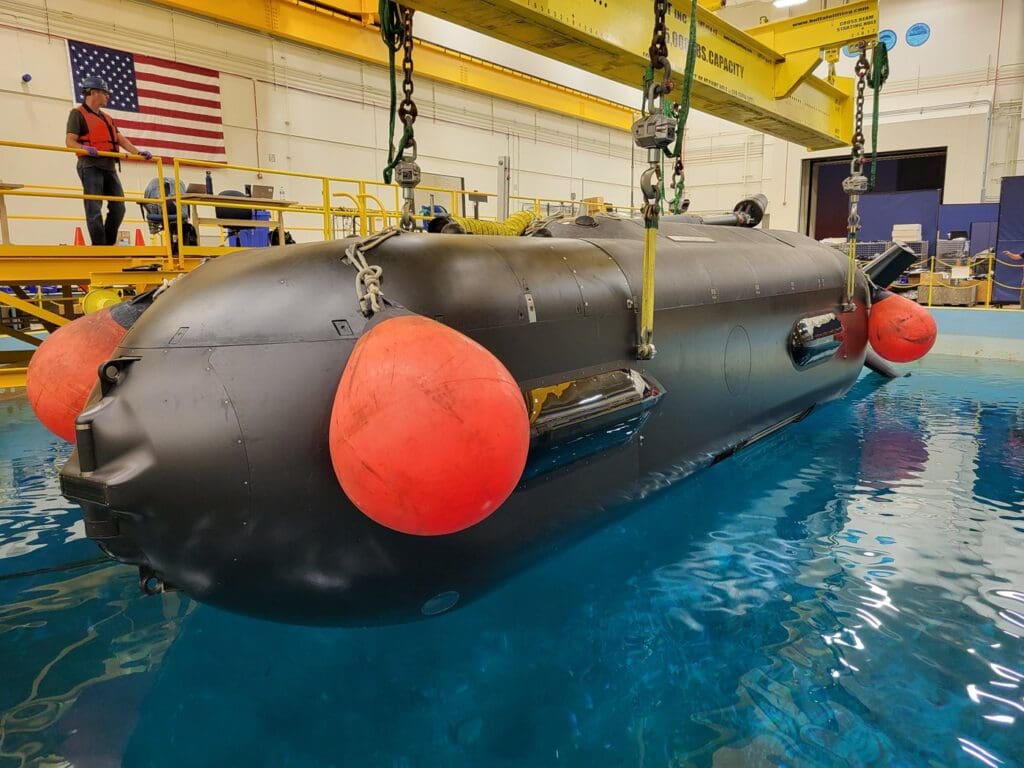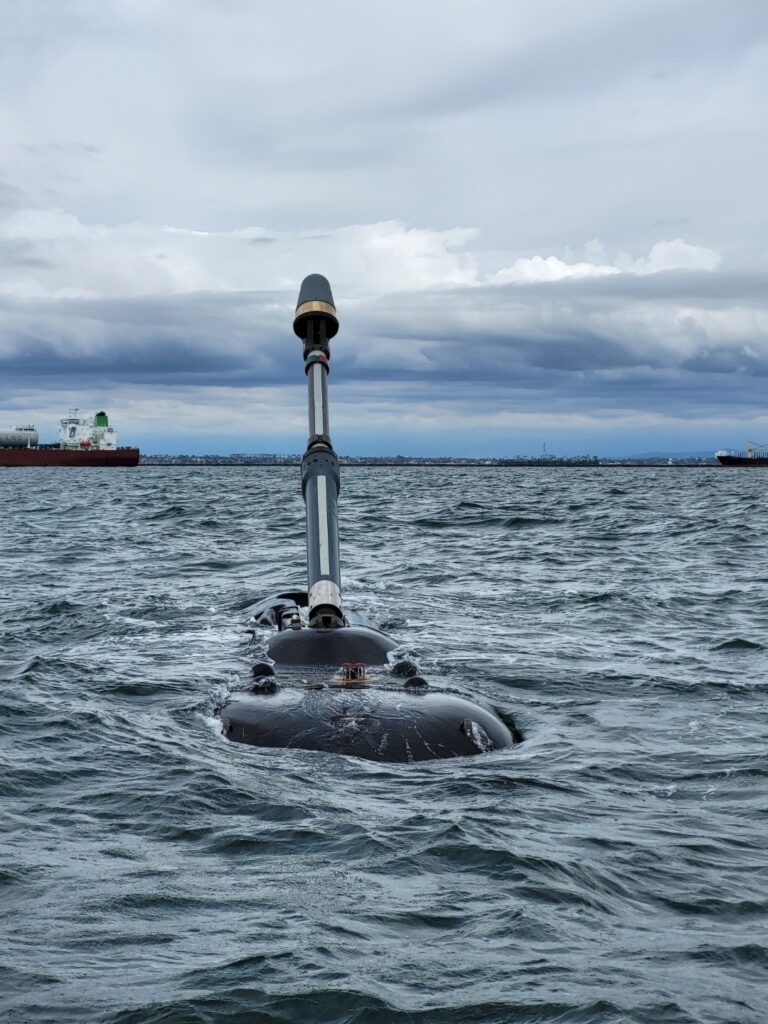The US Navy (US Navy) plans to receive new autonomous submarines very big Boeing Orca this year. Rapid progress in vehicle testing under the Orca Extra Large Uncrewed Undersea Vehicle (XLUUV) project has made this possibility possible.


The US Armed Forces Naval Branch has acquired a total of 6 Orca UUVs, 5 of which are prototypes and the rest a training unit. The operation was carried out in two contracts with a total value of US$281 million. The first prototypes, which are known to have already been built, are scheduled to be delivered to the Navy in the coming months and the remaining models at the end of the year.
It is important to note that there have been some construction failures related to the use of titanium in helmets and the laboriousness that the material presents to the manufacturing process. However, the Unmanned Underwater Vehicle Squadron (UUVRON-1) is already developing tactics, techniques and procedures for the Orca.
During the Marine Pelagic Society's National Symposium, Scott Searles, Program Director, stated: “He has between 15 and 16 more tests. Hence 16 trial periods and each has its own path.. Likewise, evaluations have already been conducted on the submarine's autonomous systems and capabilities; Tests will still be conducted on its sensors and its ability to avoid obstacles.


The Orca is a very large, 26-metre-long underwater vehicle (UUV). It maintains a displacement of about 85 tons and uses a diesel-electric propulsion system, giving it a range of up to 6,000 nautical miles. It features a standard payload area of 0.86 meters and a capacity of 8 tons. Its maximum speed is 8 knots, and its capabilities are focused on surveillance, underwater, surface and electronic combat, and mine sweeping.
At the end of last year, Boeing delivers the first very large Orca submarine to the US Navy, which was acquired in 2019 with a US$43 million contract to build it. Its importance lies in the possibility of being deployed for several months in operationally contested areas without involving any human activity.
In connection with the Unmanned Maritime Systems programme, Austal recently launched the Overlord class autonomous unmanned vessel.”Vanguard“, the first unmanned surface vehicle in this program designed specifically for autonomous operations. Its current destination is the US Navy's Unmanned Surface Vessel Division (USVDIV-1) for completion of equipment, navigation, systems and acceptance testing.
Includes images of: Boeing and the US Navy Program Office
You may be interested in: An Indian Navy destroyer provides assistance to a commercial ship that was attacked by Houthi drones and missiles

“Social media evangelist. Student. Reader. Troublemaker. Typical introvert.”

:quality(85)/cloudfront-us-east-1.images.arcpublishing.com/infobae/TEQF6EONZRFGLLLDIDD4L2O4EE.jpg)

:quality(75)/cloudfront-us-east-1.images.arcpublishing.com/elcomercio/XU32LRAEZFDDPNVHLFU3CKVBYY.jpg)



More Stories
Bank of America has taken a drastic measure that could affect thousands of customers
With the effect of lifting, illuminating and moisturizing
$1 bills can cost up to $150,000 due to a printing error